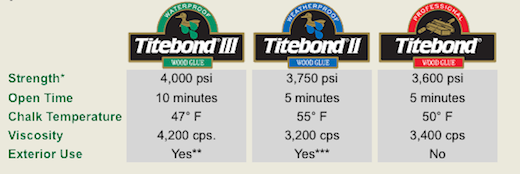- Joined
- Jun 4, 2019
- Messages
- 275
- Reaction score
- 59
I am working on yet another high flyer xl. Trying to get a 'showroom' finish on it.
It came out quite well very glossy and smooth not a hint of tube spiral. It's even hard to see the joiner section.
However in looking at it closer today I noted that the red did not completely cover the white base coat. There are a few spots where the white is coming through. It obviously needs another coat of the red. Does the nice shiny coat that is on there now need to be sanded before applying another coat?
ps; it has dried for over 48 hours now.
It came out quite well very glossy and smooth not a hint of tube spiral. It's even hard to see the joiner section.
However in looking at it closer today I noted that the red did not completely cover the white base coat. There are a few spots where the white is coming through. It obviously needs another coat of the red. Does the nice shiny coat that is on there now need to be sanded before applying another coat?
ps; it has dried for over 48 hours now.







